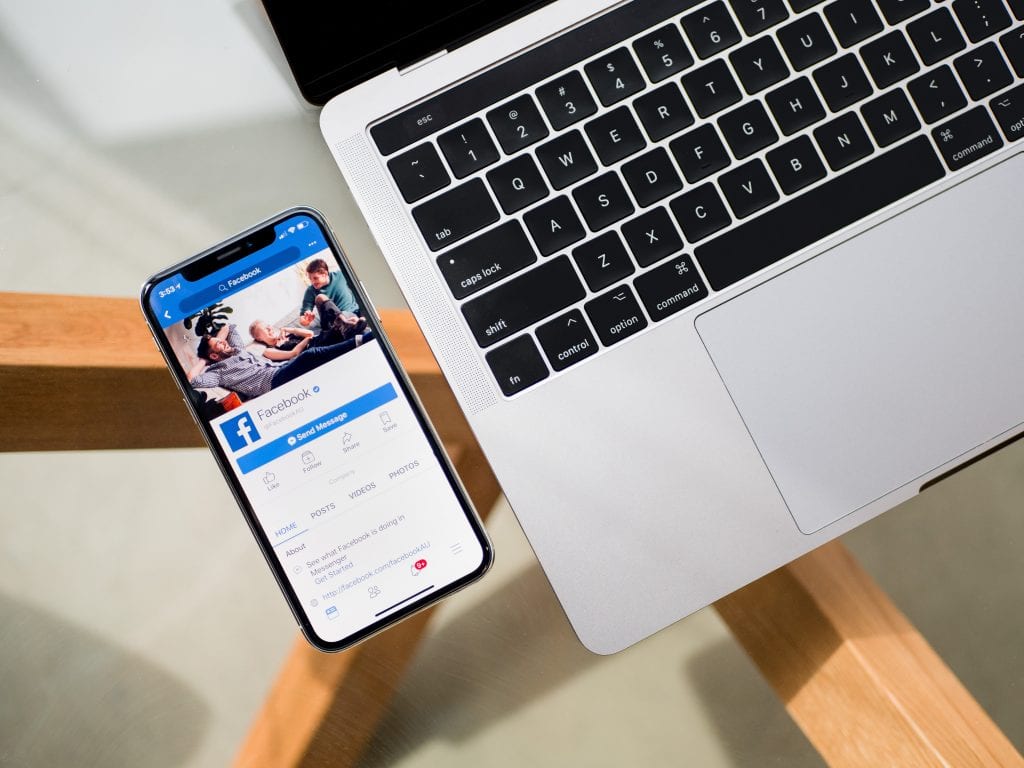You’ve created an awesome company with stellar products and services, but you’re failing to attract and retain customers… What gives? Chances are, you’re failing to make a great first impression for investors and customers.
We’ve all heard the old adage to never to judge a book by its cover. But let’s be honest—we all do.Think of your last job interview. Did you show up rocking bedhead, torn jeans, and a stained shirt? If you did, chances are you didn’t land that job. There’s a reason we dress to impress when an important deal is on the line. We’re aware that, although we may be the perfect candidate with a stellar resume, none of that will matter if we make a bad first impression. Like it or not, people make snap judgements based on outward visual appearances. Studies have shown that it takes only one-tenth of a second to make a judgement about a person, and those initial impressions can be hard to shake.
When it comes to marketing your company, the same rules apply. Your brand is the face of your business. It’s how your customers perceive you. Your brand is constantly “interviewing” for your potential customers’ loyalty, so it needs to consistently put its strongest foot forward.

Shouldn’t Our Work Speak for Itself?
We get it. You’ve worked hard to build your business, and you have the numbers to prove it. In fact, your product is so far superior to others on the market that you may be enticed to forgo branding or dismiss it as fluff. You assume the data will speak for itself, and customers will flock to your solution. The problem with this way of thinking is that in order for a person to realize the perks of your product, they have to first be enticed to learn more, and without a compelling visual identity, they may pass over your company entirely.
Most consumers make snap judgements based on outward visual appearances first. It’s this first impression that determines whether they want to learn more about you or not. It doesn’t matter how great your company or product is if customers aren’t lured in by your visual identity.
Potential customers are going to size you up quickly, so create visual materials that clearly convey who you are and what you do. Creating a solid first impression won’t only attract customers, but will keep them coming back again and again.
First Impressions are Hard to Shake
A snap judgement takes less than a moment to form, but they have real staying power. A person’s first impression becomes their “truth,” and they tend to seek future information that is consistent with the first impression. Differing information becomes an exception to the rule, but doesn’t change the original impression. A good first impression for investors and customers is crucial.
Think about it this way. You decide to try a new restaurant in town and have a horrible experience. Your first impression is that the restaurant is mismanaged, the food is so-so and the service is terrible. You get dragged back a second time with a friend and have a better experience. Most people don’t think, “I was wrong—this restaurant is pretty good!” The more likely sentiment is, “This was okay, but normally this restaurant is terrible.”
Negative feelings are extremely hard to overcome. They can doom a relationship before it even begins. On the flip side, the stickiness of first impressions can work in your favor if you put the right foot forward. If your customer has a great first impression of your company, they’ll be more loyal and more likely to refer you to other people! Keep it up, and you’re on your way to a stellar reputation and good first impression for investors.
Why Good Design Matters
Here at Pitch Deck Fire, we’re designers. We know all the tricks, and I still fall for the “Power of Pretty” nearly every single day. Think of the last time you went to buy a bottle of wine. Maybe you wanteda cabernet, but you weren’t sure what made each wine different—so you opted for the bottle with the cool label. This is design power in action, and there is way more than anecdotal evidence to support it. In fact, great design can help create customer trust right from the start!
According to this study, up to 94% of a customer’s first impression is based on design. Researchers wanted to determine how different design and information content factors influenced trust of online health sites. Women who were weighing important health decisions gave feedback on different sites. Shockingly, only 6% of their impressions were based on actual content. When participants disliked the design of a site, they bailed after the homepage and chose not to explore the site further.In other words, poor design is a proven dealbreaker. If your visual identity isn’t compelling, customers will not delve deeper or want to learn more about your company.
Another study conducted by Stanford found similar results, showing that an organization’s branding has a strong influence on consumers’ perception of credibility. Having great design and branding builds instant trust with your customers, creating stickiness and customer loyalty.
Invest in Your First Impression for Investors
We’ve seen that great design is hugely important to creating a positive first impression with your customers. This means that investing in high-quality design from the very beginning can actually save you tons of money in wasted advertising in the long run. What is the point of an expensive ad campaign, if customers are turned off after a cursory look? Creating a compelling visual identity is the most important aspect for pulling customers in. Following is a short list of all the areas that may be a customer’s first point of contact, and our suggestions for each.
Website:
I cannot stress this enough: professional website design is critical, no matter what size business you have. A recent survey explains that a “website represents the most pivotal touchpoint to engage, as that is where consumers start.” This should not be taken lightly. It takes less than a tenth of a second for someone to form a judgement about your website. A compelling website should be professional and simple, sticking to fairly familiar layouts for a good first impression for investors and customers. So don’t add too many bells and whistles.
Physical Location/Storefront:
People shouldn’t have to wonder what your company is about. Invest in clear and compelling signage that pulls customers in, and make sure the atmosphere is well-lit and inviting.
Social Media:
Often we see companies craft gorgeous websites, and then totally skimp on their social media. While it’s a mistake to solely rely on social media, the fact is most of us spend far more time on social media than we’d like to admit—and the same goes for our customers. Social media can be a really easy and inexpensive way to interact with your customer base and create new fans of your products. Make sure you use high-quality profile and cover images, and maintain consistency in the images you post as well. A graphic designer can help with this, and there are also free options such as canva.com for creating compelling social media imagery.

Business Cards:
Your business card is a physical reminder of the first interaction a customer has with your company. Business cards should be eye-catching, memorable, and most importantly informative. Your business card is a mini-advertisement for your company. You want it to stand out in a pile of other cards, but also convey all the relevant information in a clear and concise manner for a good first impression to investors.
Everything Else:
Every physical manifestation of your brand should be consistent and compelling. Whether it is print collateral like brochures and flyers, or other forms of digital media like videos, it needs to convey your brandinstantly and clearly.
Now, this isn’t to say you should pretend to be something you’re not. A solid visual identity should always be rooted in authenticity. It’s about building trust with your customers by truly representing who you are as a company. Although creating a solid first impression is a key step in developing a lasting business, none of that will matter if you don’t deliver on your brand promises.
So don’t be one more awesome company that fails to attract customers and ultimately fizzles out. Take the time to craft an inviting first impression—it’s the first step toward a good first impression to investors, building a loyal customer base, and earning a reputation that sets you apart from the crowd!






